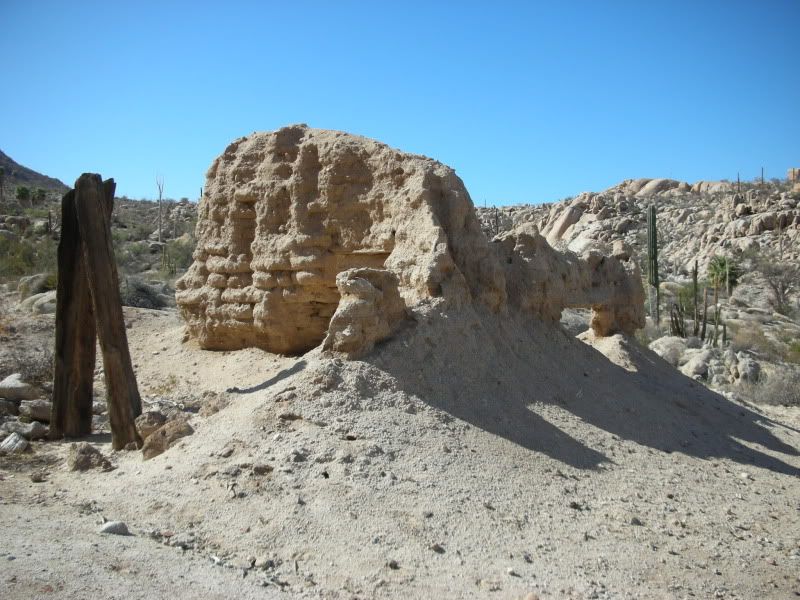It's almost impossible to describe.
Extensive reviews of grammar and sentence structure.
Plot structures.
Creating believable characters the reader empathizes with.
Writing.
Re-writing.
Revising and reviewing.
Going through comments and changed from an editor you don't know.
Going through it all again with another editor you don't know.
Finally getting a proof copy to go over word-by-word and sentence-by-sentence. Putting it all down on an errata list.
Receiving the proof copy of the book, ensuring that each change has been made, to discover it's ready for publication.
The sun rises a bit brighter. The birds chirp sweeter. Food has a sharper taste. A deep sigh of relief and a determination that the next is going to be even better!
So, here comes this:

Book Two of Father Serra's Legacy to be released October 8, 2013 by Bluewood Publishing
Timothy and Jaime follow Father Serra in his efforts to found nine missions in California between San Diego and San Francisco. The determined friar struggles to overcome interference by the Spanish governor and lack of support from the viceroy. The California natives flock to the missions, not only by the better life they provide but due to the loving care they receive from the friars. The two join the hundreds of mourners when, at last, the frail priest succumbs. But, all know that Father Serra's quest will continue.
The novel will be available at Bluewoodpublishing.com, Amazon.com, and other online publishers in both paperback and e-book format.



